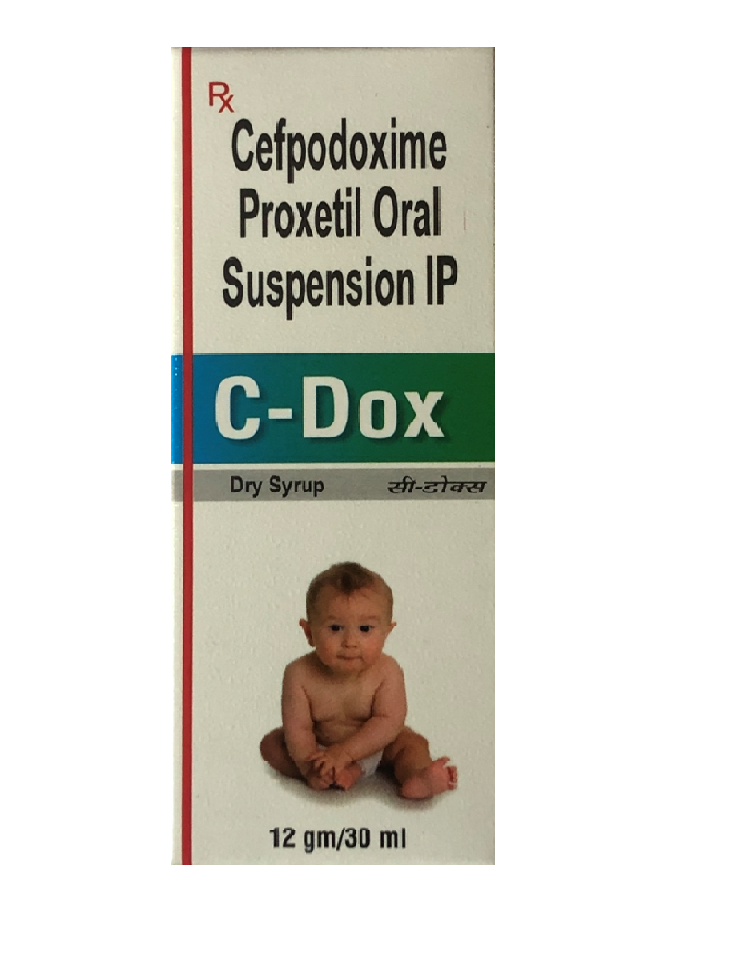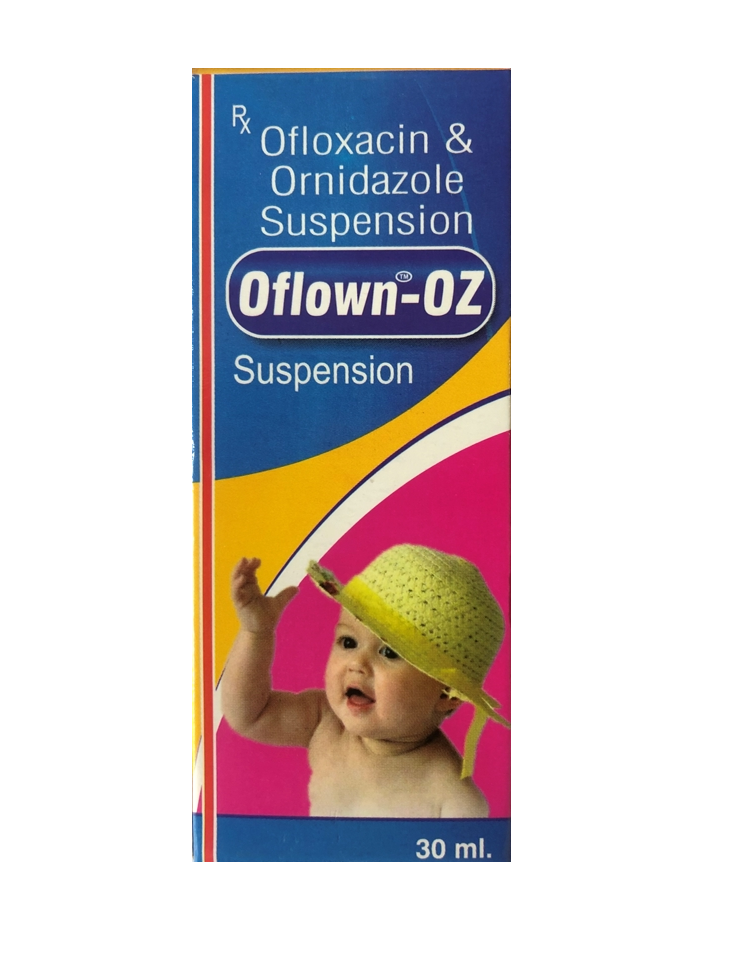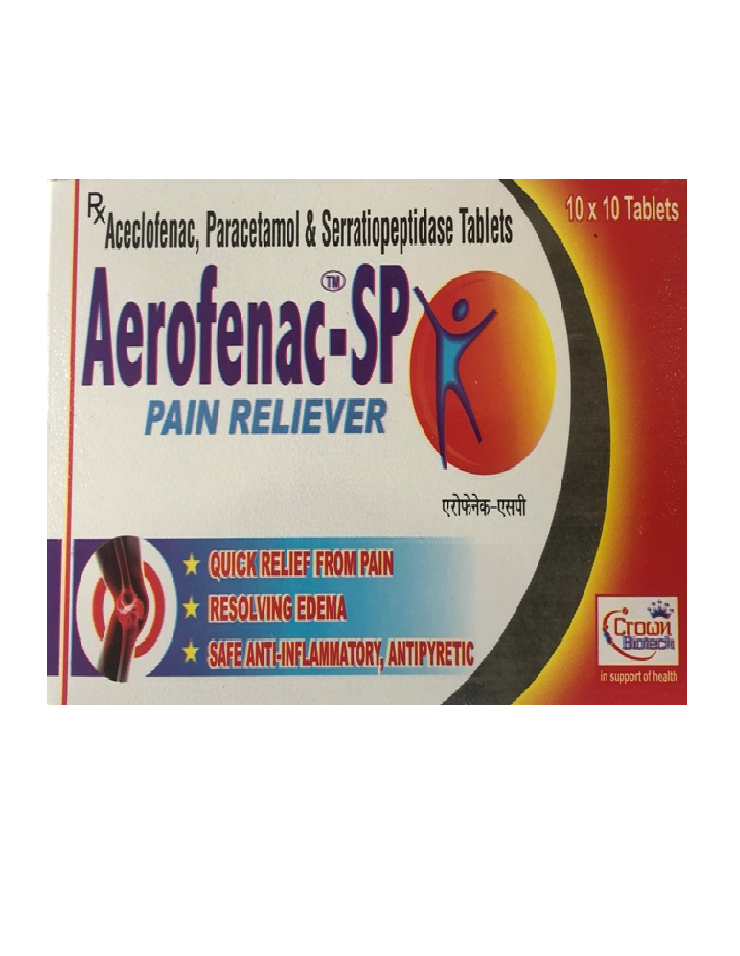Cefpodoxime proxetil is converted to cefpodoxime, its active form, in the body. Like other cephalosporins, cefpodoxime stops bacteria from multiplying by preventing bacteria from forming the walls that surround them. The walls are necessary to protect bacteria from their environment and to keep the contents of the bacterial cell together; most bacteria cannot survive without a cell wall. Cefpodoxime is active against a wide spectrum of bacteria such as Staphylococcus aureus, Streptococcus pneumoniae, Streptococcus pyogenes (the cause of strep throat), Streptococcus agalactiae, Hemophilus influenzae, Moraxella catarrhalis, E. coli, Klebsiella, Proteus mirabilis, Proteus vulgaris, Providencia rettgeri, Haemophilus parainfluenzae, and Neisseria gonorrhoeae.
Cefpodoxime is effective for the medical treatment of these infections.
Middle ear (otitis media)
Tonsillitis
Throat (pharyngitis)
Laryngitis
Sinusitis
Pneumonia
Urinary tract infections
Skin structure or skin infections caused by susceptible bacteria
It also is used for the treatment of gonorrhea as well as acute and chronic bronchitis (bacterial) in patients with chronic obstructive pulmonary disease (COPD).












